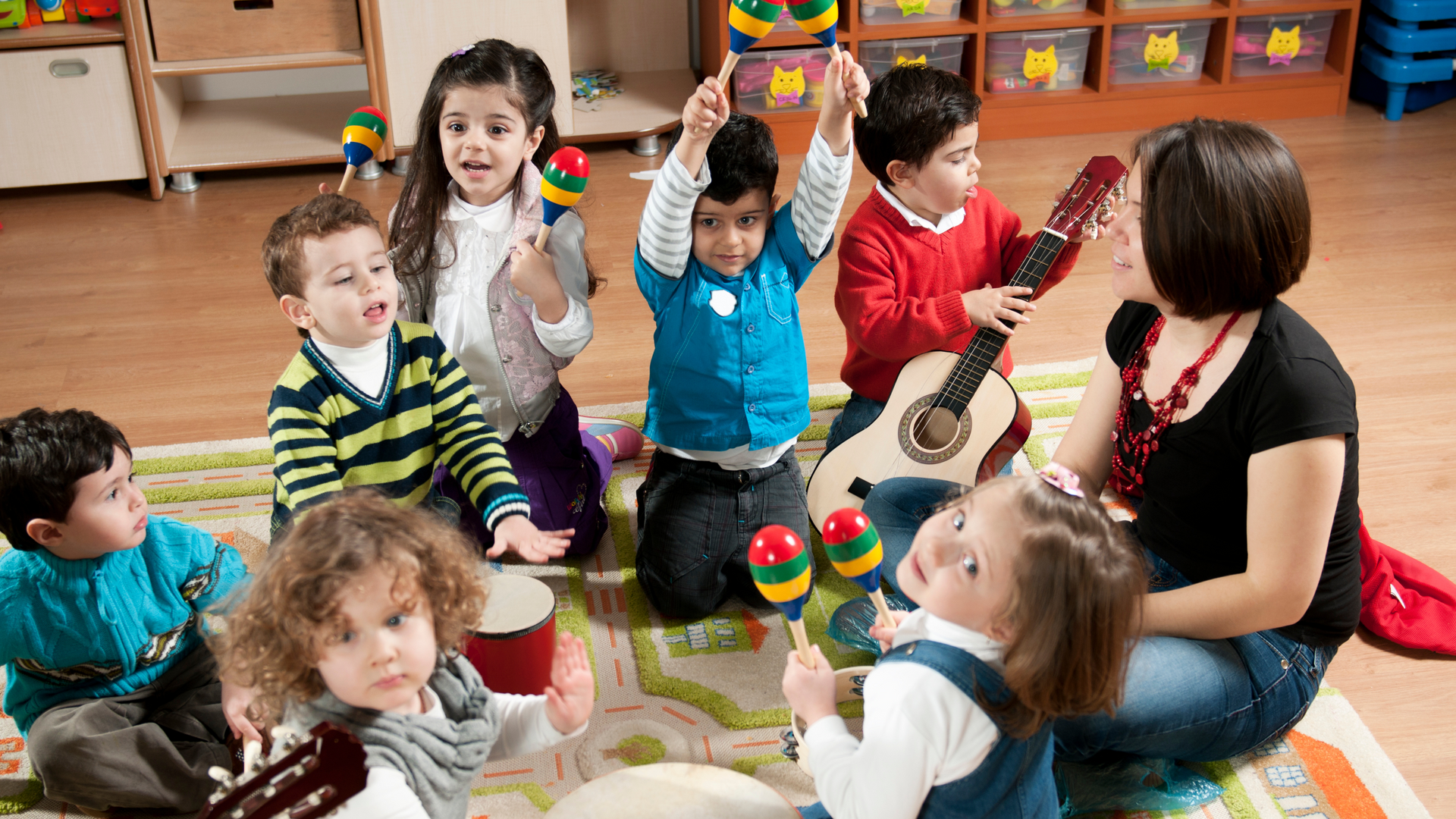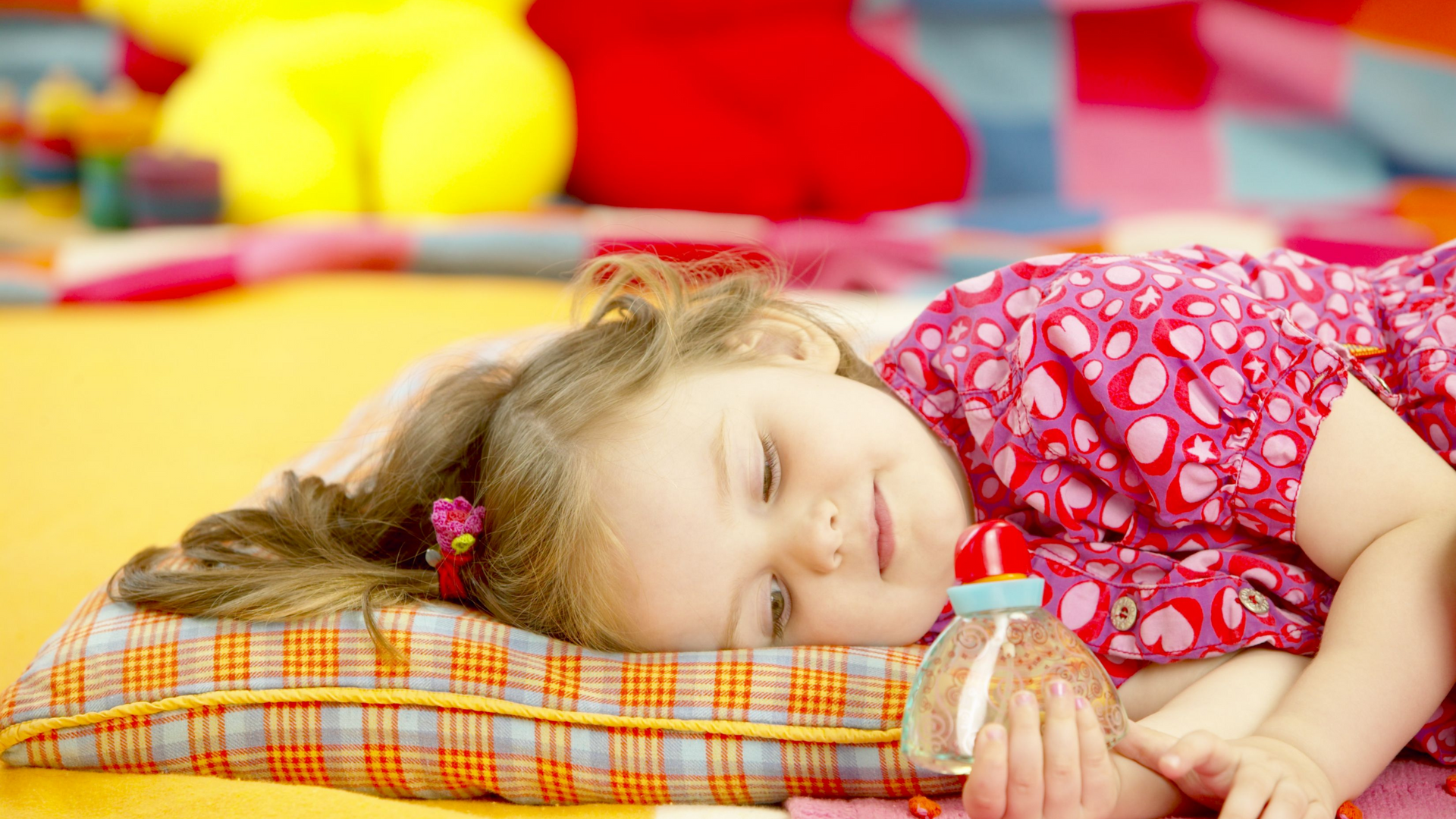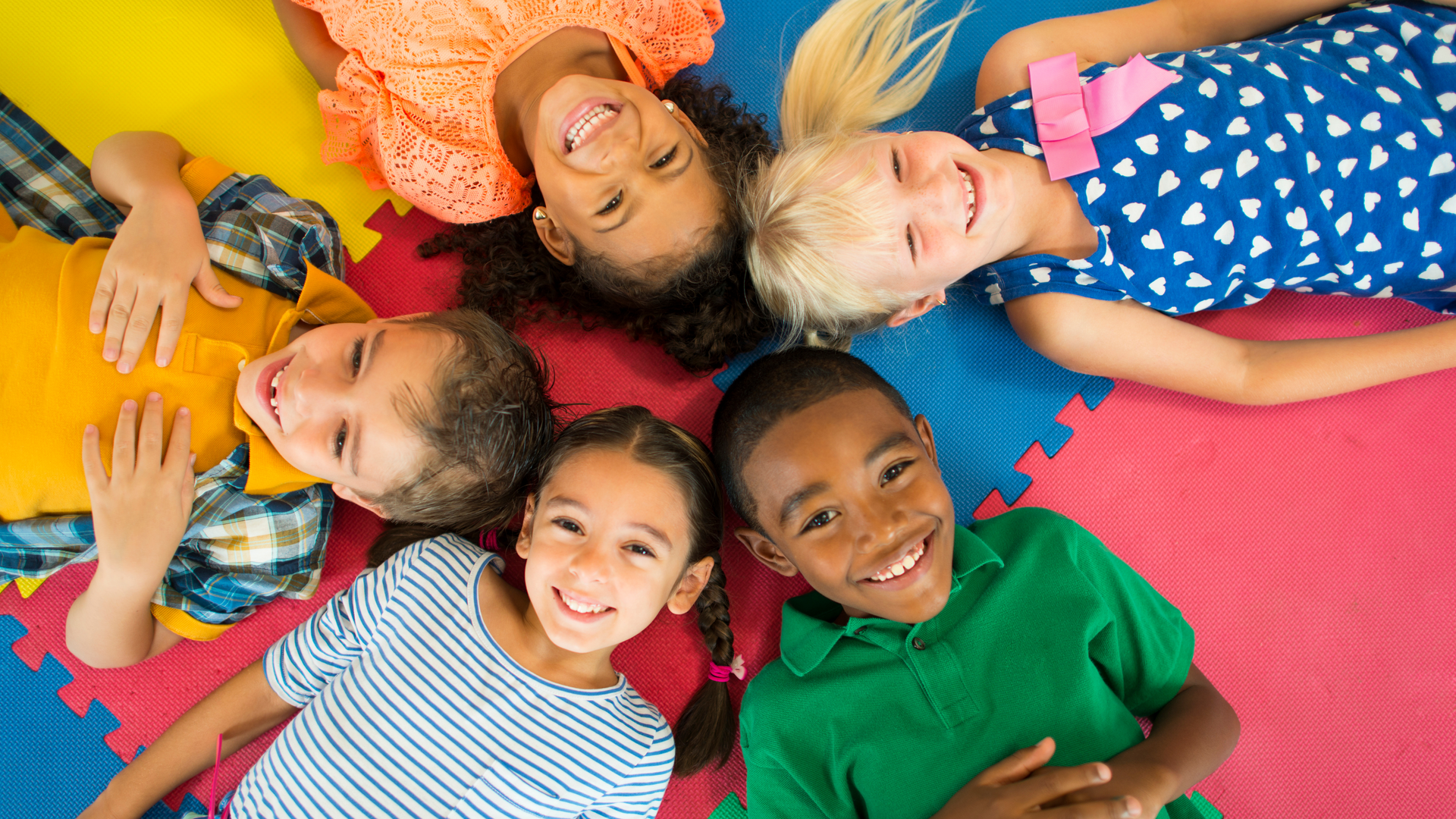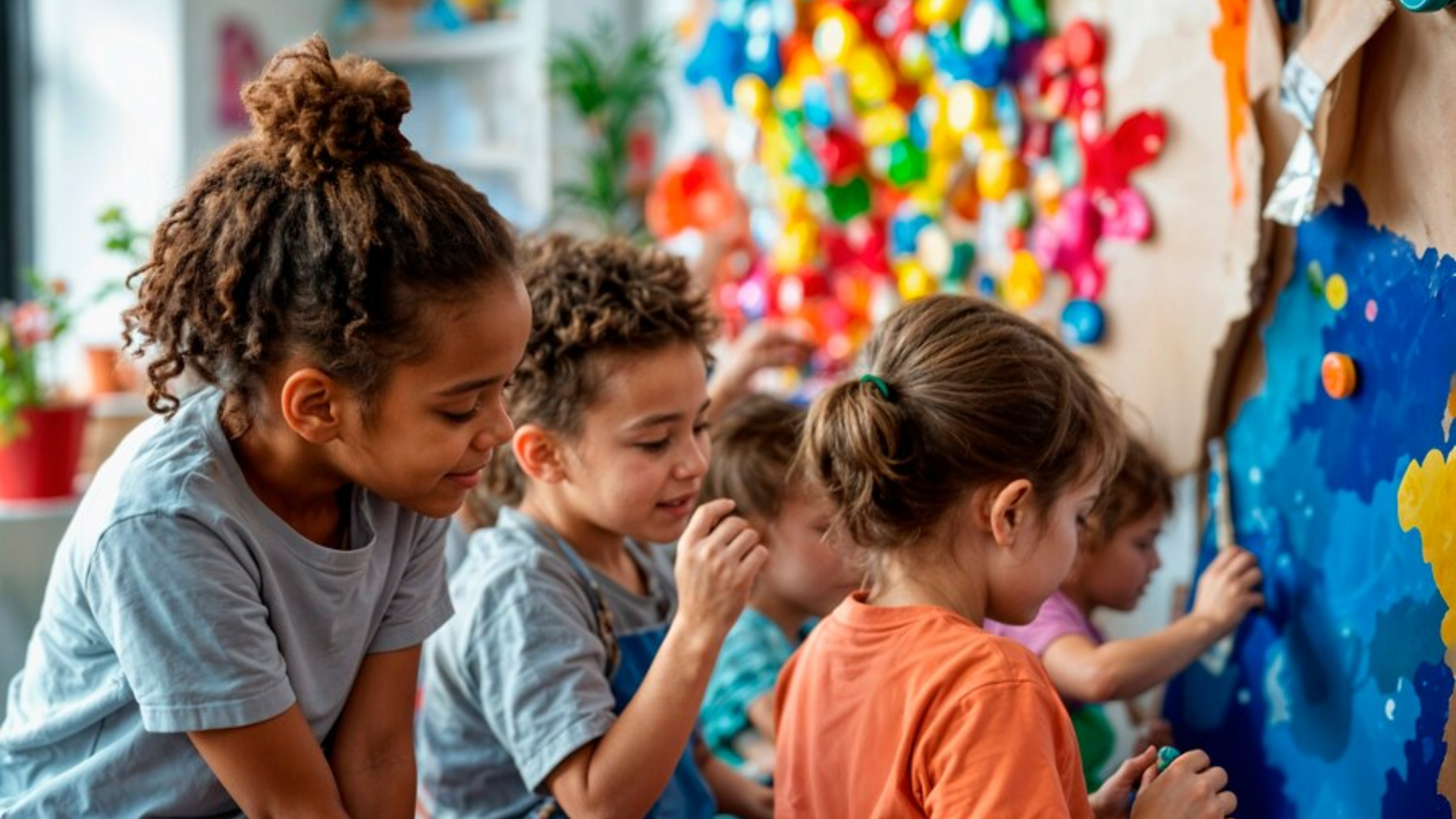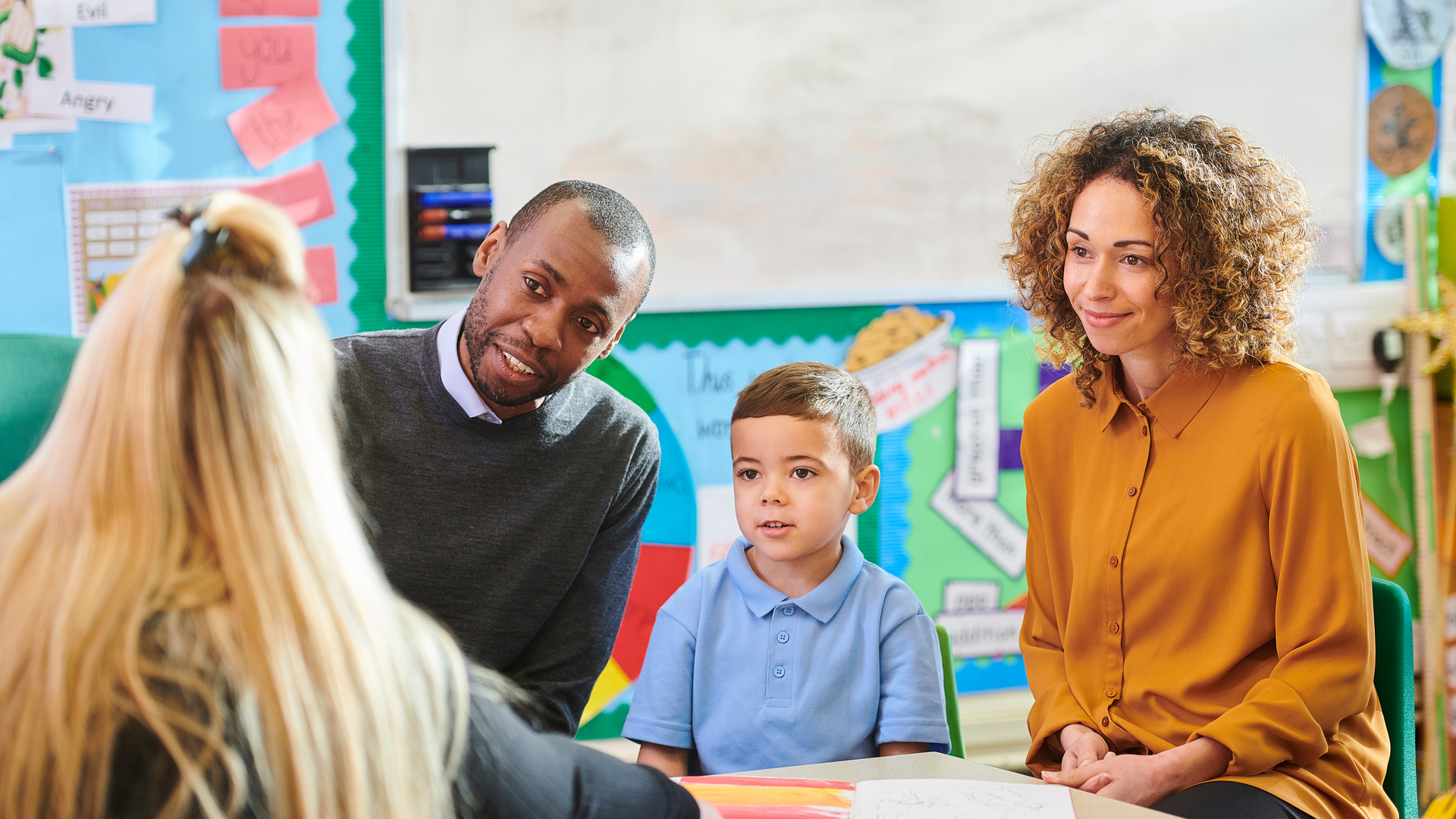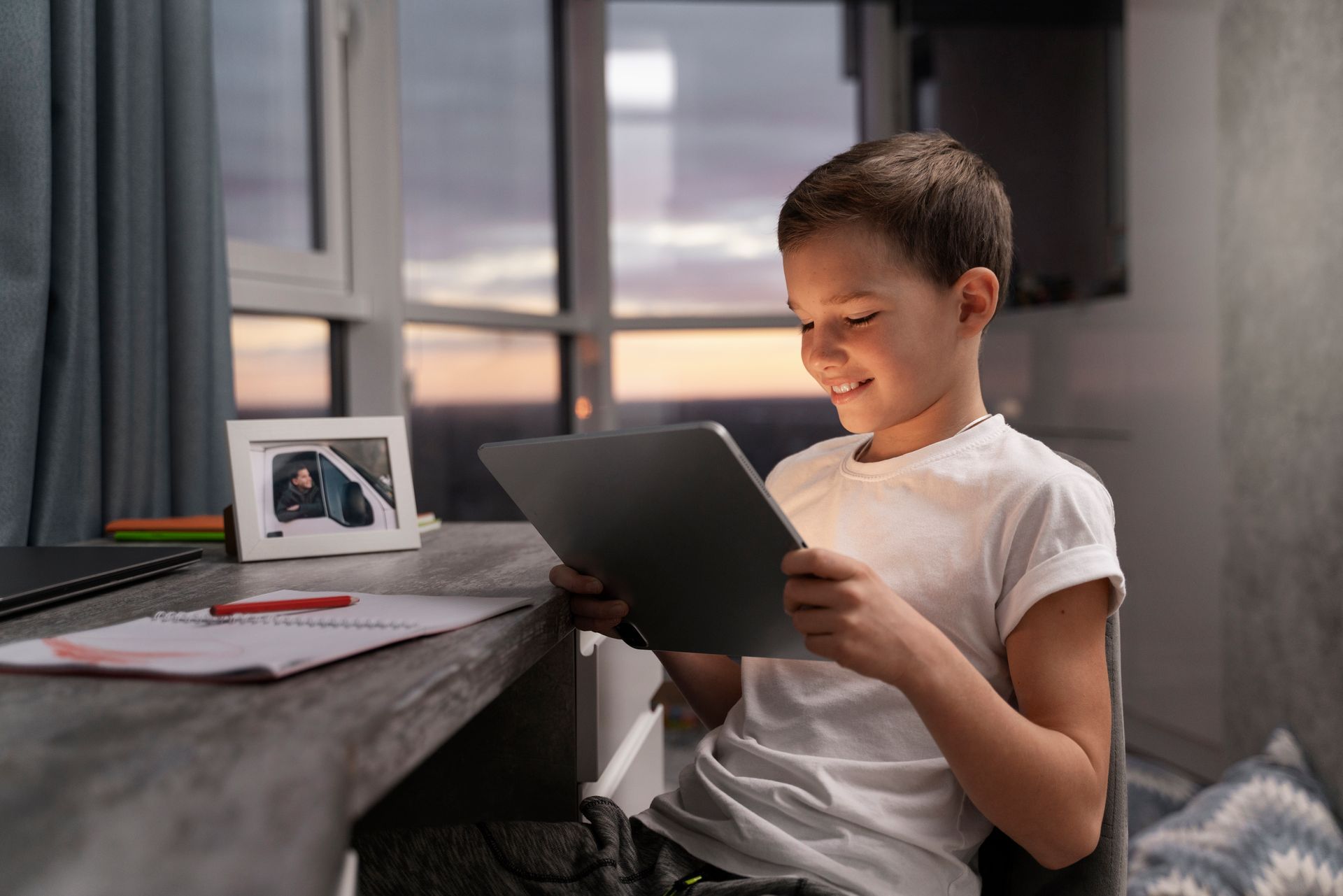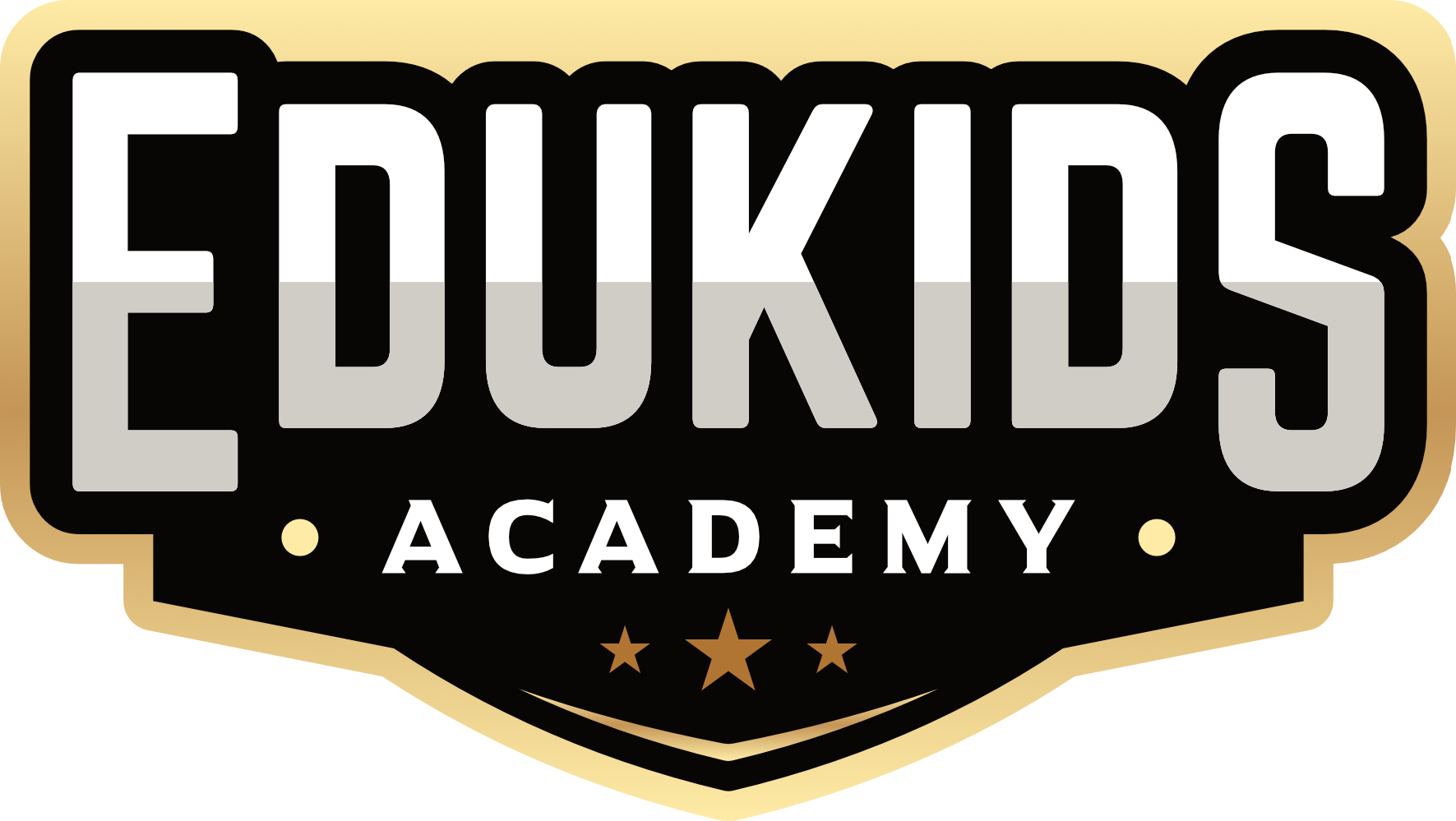How We Foster Creativity in the Classroom Every Day
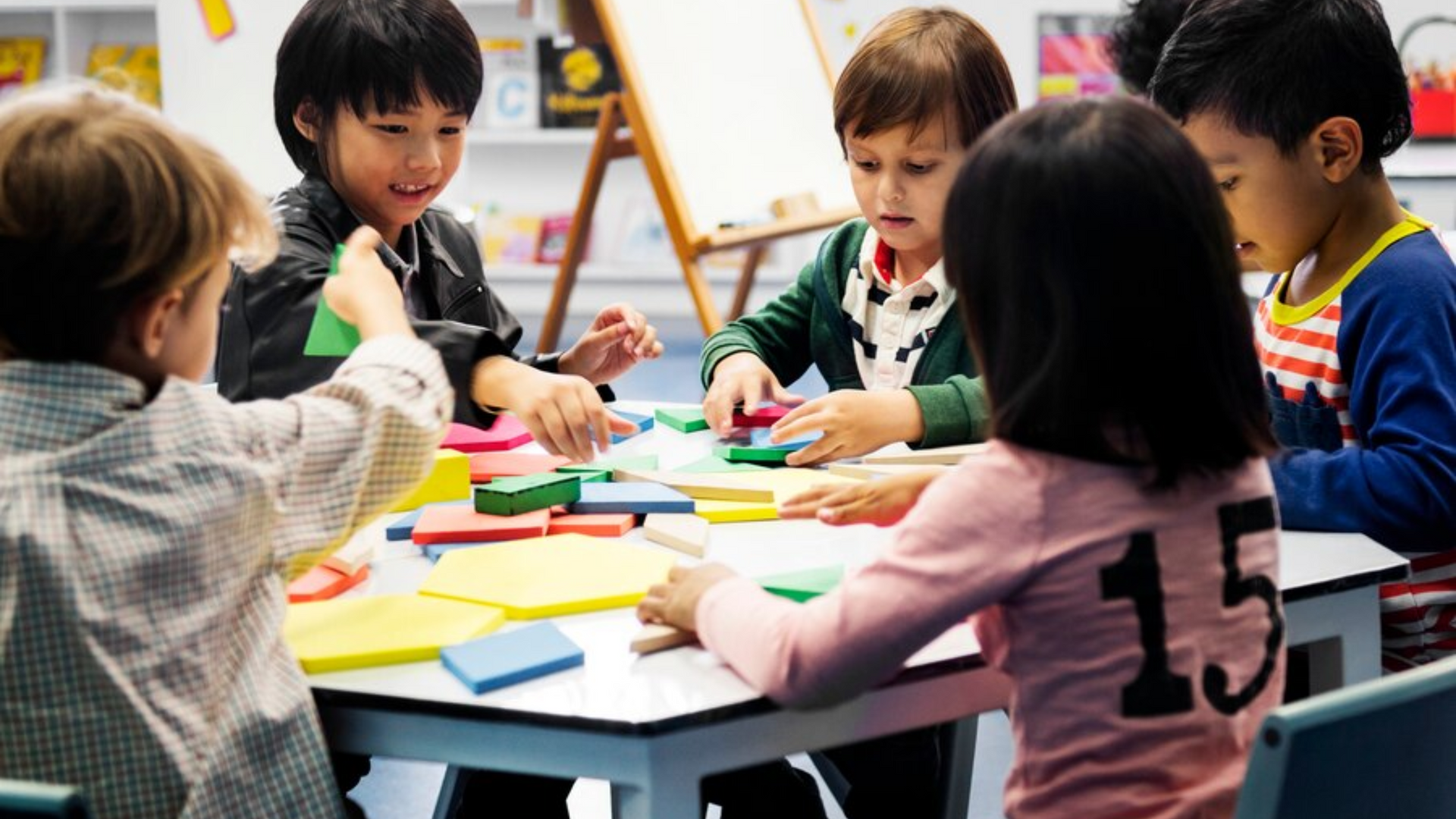
At EduKids Academy, we believe that creativity is not just a talent—it’s a vital life skill. In today’s fast-paced, ever-changing world, children need more than rote memorization to succeed. They need to think critically, solve problems, explore ideas, and imagine new possibilities. That’s why creativity is at the heart of everything we do in the classroom—every single day.
While creativity might conjure images of painting and crafting (and yes, we do a lot of that!), it goes much deeper. True creativity encompasses the ability to express oneself, approach challenges with curiosity, and think in innovative ways. Whether through storytelling, dramatic play, building, music, or even science experiments, creative thinking is encouraged across all areas of learning at EduKids Academy.
So, how exactly do we foster creativity in our classrooms? Let’s take a peek behind the curtain and explore how we create a vibrant, imaginative learning environment that nurtures the creative spark in every child.
What Is Creativity in Early Childhood?
Creativity in early childhood education isn’t about producing a perfect drawing or memorizing dance steps. It’s about the process of exploring, imagining, and making something new—something that reflects the child’s thoughts, experiences, or feelings.
Creative development supports:
- Cognitive growth – Enhancing critical thinking and decision-making
- Emotional expression – Providing healthy outlets for feelings
- Communication – Encouraging self-expression and storytelling
- Problem-solving – Inspiring flexibility and innovation
- Confidence – Building pride and resilience through experimentation
When children are given the freedom to create without fear of mistakes, they build the confidence to tackle challenges in creative, thoughtful ways.
Our Creative Classrooms: More Than Just Pretty Art Projects
At EduKids Academy, our classrooms are designed to stimulate imagination. You’ll find:
- Open-ended materials: Blocks, playdough, natural items, fabric scraps, and recycled materials that invite exploration and invention.
- Rotating provocations: Inspiring displays or setups that spark curiosity and inquiry (e.g., a basket of seashells next to a magnifying glass and drawing paper).
- Inviting art spaces: With easels, paints, pastels, glue, and child-safe scissors always within reach.
- Dramatic play corners: Fully stocked with costumes, props, and backdrops to support storytelling and role-play.
Rather than directing children step-by-step, we encourage them to experiment with materials and express their own ideas. There's no “right” or “wrong” way to create—only opportunities to explore and grow.
Daily Activities That Nurture Creativity
Here’s how creativity is seamlessly woven into our everyday routines at EduKids Academy:
1. Art for Expression, Not Just Outcome
We don’t just make crafts—we create meaningful art. While a handprint turkey is cute, we prioritize open-ended art experiences that allow children to make their own choices about what and how to create.
Examples include:
- Painting with brushes, fingers, or unconventional tools (like sponges or twigs)
- Exploring textures with collage-making and sensory art
- Mixing colors and learning about how materials interact
- Using art to respond to stories or real-life experiences
Through these activities, children develop fine motor skills, color recognition, patience, and most importantly, confidence in their own vision.
2. Dramatic Play: Imagination in Action
Dramatic play is a powerful tool for nurturing creativity. When children dress up, role-play, and invent their own stories, they’re not just having fun—they’re building empathy, communication skills, and cognitive flexibility.
In our classrooms, you’ll find dramatic play areas that transform into:
- Grocery stores, hospitals, space stations, restaurants, or anything the children imagine
- Puppet theaters for impromptu storytelling
- Costume corners for self-directed role play
- Toy kitchens, tool benches, and baby doll areas to act out real-life scenarios
We observe and gently guide their play to support vocabulary development, social negotiation, and emotional understanding.
3. Music and Movement
Music is a universal language, and in our classrooms, it’s also a daily celebration of creativity! Children are encouraged to:
- Sing along to familiar and original songs
- Play percussion instruments, xylophones, or bells
- Dance freely or follow fun routines
- Explore rhythm, pitch, and tempo
We also use music to enhance transitions, introduce new themes, or simply to lift the energy of the classroom. It’s a joyful way to engage the body and brain together.
4. Storytelling and Creative Writing
Even our youngest learners have stories to tell. Whether through drawing pictures or dictating words to a teacher, children engage in storytelling as a form of creative expression.
We support literacy and imagination by:
- Reading a wide variety of books with diverse characters and ideas
- Encouraging children to create their own books or journals
- Hosting "story circles" where children share and act out tales
- Introducing puppetry and flannel boards for visual storytelling
These practices not only foster creativity but also lay a strong foundation for reading and writing.
5. STEM with a Creative Twist
You might not associate science and math with creativity, but problem-solving and experimentation are deeply creative processes. In our STEM (science, technology, engineering, and math) activities, children are invited to:
- Build structures with blocks or recycled materials
- Explore cause and effect through simple experiments
- Create patterns, solve puzzles, and tinker with tools
- Ask “what if?” and find their own answers through play
This hands-on, discovery-based approach helps children see the world as a place full of questions they can explore through creative thinking.
Encouraging a Creative Mindset
Beyond activities and materials, we cultivate a creative mindset by:
- Celebrating effort over perfection
- Encouraging questions and curiosity
- Creating a safe space for experimentation
- Modeling flexibility and joy in learning
Our teachers are facilitators, observers, and cheerleaders—supporting each child’s unique creative journey while offering gentle guidance and inspiration.
Partnering with Families to Support Creativity
We know creativity doesn’t end when the school day does. That’s why we regularly:
- Share photos and updates of classroom creations
- Provide simple at-home activity ideas
- Invite parents to join us for art shows, performances, or story hours
- Encourage families to talk with their children about their creative projects and ideas
When creativity is nurtured both at school and at home, children truly flourish.
Why Creativity Matters for the Future
The benefits of creative development extend far beyond preschool. Children who are encouraged to think creatively:
- Become better problem-solvers
- Communicate more effectively
- Adapt to new situations with resilience
- Enjoy stronger self-esteem and emotional intelligence
- Are more likely to innovate and lead in the future
In today’s world, where adaptability, originality, and collaboration are key to success, nurturing creativity is more important than ever.
Final Thoughts
At EduKids Academy, we don’t just teach children facts—we help them discover their voices, explore their imaginations, and grow into confident, creative thinkers. Every paint stroke, story shared, block tower built, or song sung is a step toward building a well-rounded, expressive child who is prepared to thrive in school and in life.
If you’re ready to provide your child with a learning environment that values imagination, innovation, and individual expression, we’d love to welcome you into our EduKids family. And if you’re still considering your options, check out our helpful articles on The 7 Advantages of Early Childcare Enrollment and What’s the Best Age to Start Childcare to see how early, creative learning experiences can make a lifelong impact.
